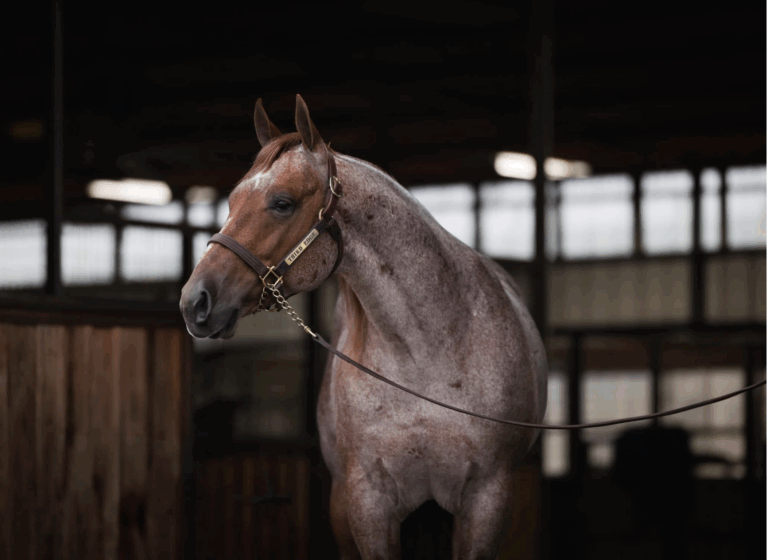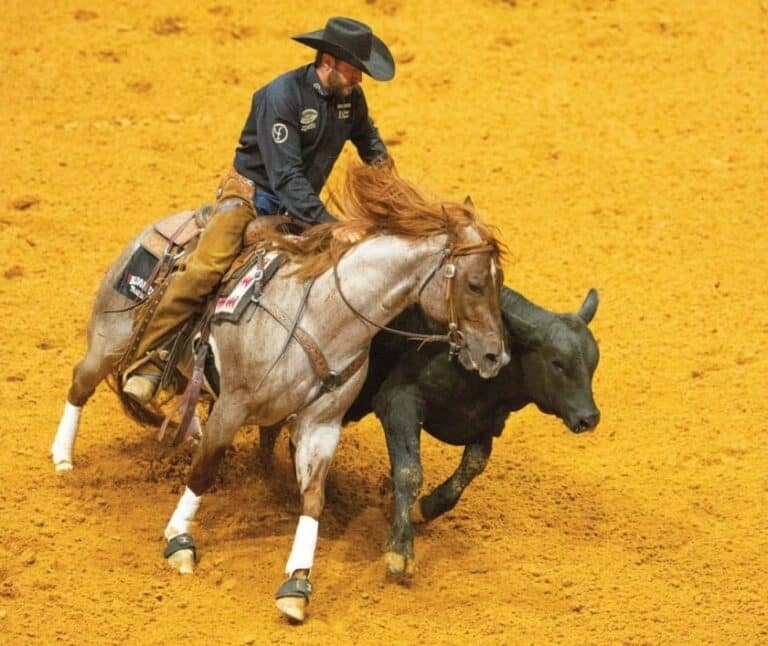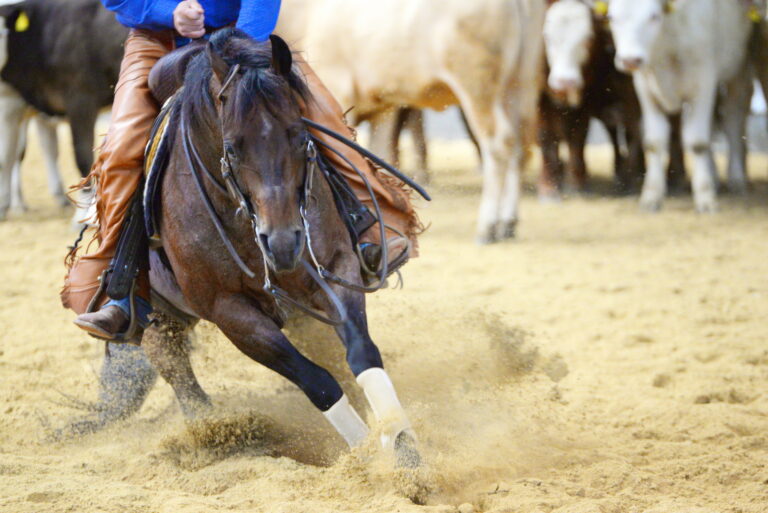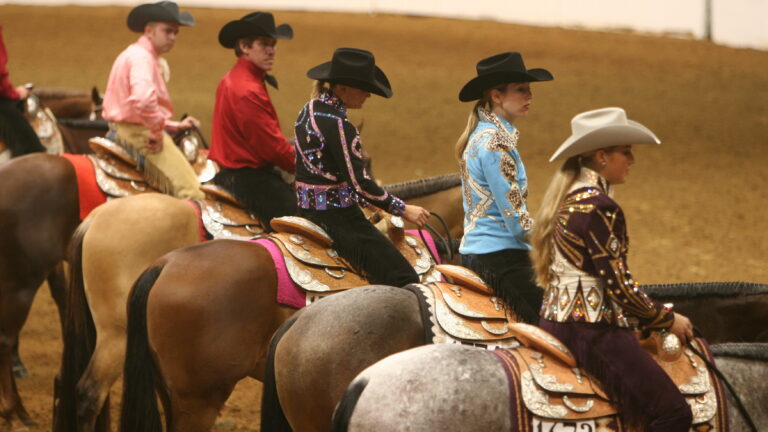Headed to college and hoping to compete in horse shows as well as earn that degree? You’re in luck—aspiring equestrians have vast opportunities at excellent colleges and universities nationwide.
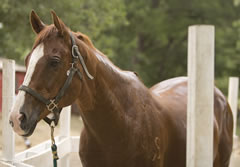
More than 370 schools’ teams participate within the Intercollegiate Horse Show Association (IHSA), established in 1967, while 22 currently compete within the NCAA’s more recently developed National Collegiate Equestrian Association (NCEA). Notable differences: NCEA teams field only female riders and only those at the elite level of competition; IHSA teams accommodate both male and female riders from beginning ability levels all the way up through the elite level.
Both IHSA and NCEA offer Western and hunt seat competition with classes that test the rider’s ability: Western horsemanship and reining for Western riders, and equitation on the flat and equitation over fences for hunt-seat riders. Within both associations, riders compete on horses provided by the school hosting the competition, and must show how well they handle an unfamiliar horse.
Read on for a glimpse at how some of the top coaches are building their teams, and what they’re looking for in riders.
In Search of Top Riders
Larry Sanchez
Head Coach, Oklahoma State University, NCEA
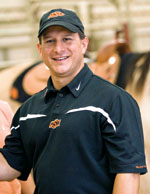
NCEA teams range from about 20 to 70 members. We keep a team of 40, most of whom are recruits. We look for talented Western riders at some of the biggest AQHA, APHA, and NRHA events, and our recruits come to us from all across the country.
National Collegiate Athletic Association recruitment rules are very strict, and riders on our radar are getting younger every year. We start files on high-school freshmen, and are heavily recruiting high-school juniors to get them on board for NCAA signing periods during their senior year. The nation’s top riders are pursued by the majority of NCEA universities.
We’re able to visit with high school seniors and bring them to our campus on what the NCAA calls official visits. Each potential recruit is allowed five official visits, so if that senior is pursued by 10 schools, she must narrow her choices to five for her official visits. Students may make unlimited unofficial visits on their own.
On an official visit, we want to confirm that a girl is a good fit for our team and that we’re a good fit for her college career. In the end, we’re most interested in her earning her degree and getting into the profession she dreams of.
NCAA allows us to give the equivalent of 15 full-ride scholarships, and within equestrian, those scholarships can be broken into partials. Different coaches divide them differently, but I try to put many girls on one scholarship, maybe giving one full tuition, another room and board, and another books, and so forth.
On our team, if a recruit can be an effective competitor immediately, she’ll command more scholarship money initially. If a girl has talent but might take a year or so to develop, she may not get signed for as much, but if she proves herself worthy of more, I can increase her scholarship amount the following year. With equestrians, we find many students come in with academic aid, and we’re often able to supplement that so it works out to a nice scholarship.
A “walk-on” is a rider who receives no athletic aid. She may be recruited or un-recruited, and may be very accomplished on her own horse, but needs more experience riding unfamiliar horses. To grab that walk-on spot, we have to believe you have talent, but we won’t give you scholarship money until you prove you’re effective within our system. Our team is 75- to 80-percent scholarship riders and 20- to 25-percent walk-on riders.
My advice to high-school students: Pick a college or university that’s a good fit for you and offers the major you want. The equestrian team needs to be the icing on the cake. We’re seeing many girls wanting to be part of a winning team, but you have to want to be part of the whole university and comfortable in the college town. Also, since NCEA and IHSA both require you to ride unfamiliar horses, ride as many different horses—from unseasoned to finished—as possible.
All Skill Levels Welcome
Anne Brzezicki
Head Coach, Middle Tennessee State University, IHSA
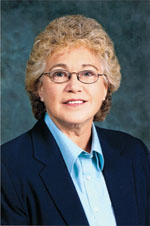
IHSA supports and develops the skills of all students, even those who’ve never ridden before. Each year I coach between 60 and 110 riders who encompass all eight levels of hunt seat and six levels of Western horsemanship that IHSA competition offers.
We keep our hunt seat and Western teams together. Many of our students ride both seats, especially after seeing how much fun the other discipline can be. We encourage that because riders who do both can really learn to “talk horse,” experience riding more horses, and show more times than riders who limit themselves to one seat. Plus, they learn the culture of another discipline and to respect horses and riders with different skills, giving them a realistic appreciation of the breadth of the horse industry.
Everyone on our team is a “walk-on,” as we take all Horse Science majors, minors, and any students taking our classes. We don’t advertise, and have as many riders as we can handle each year. We have a placement ride early each semester for new team members, so we can compare what we see them do on a horse they’ve never ridden with the experience listed on their IHSA placement form. Then we place them in the appropriate level and start preparing them to show against other riders of similar experience on horses they draw for each competition.
We offer a few scholarships, mostly academic ones, and more are for sophomores and older students who’ve shown what they can do and how hard they’re willing to work. They can apply for ISHA and outside scholarships with our support, and we give some awards to students who combine good grades with active participation in our equine activities.
If you’re interested in IHSA, find several colleges with good programs in your intended major; then explore the equestrian teams and choose one that suits your needs. IHSA has nearly 400 member institutions that manage their teams about 100 different ways. Visit a few of your list finalists and talk to the coaches and a few team riders.
Remember, college is for growing up and learning as much as you can to prepare yourself for the best life you can make. Good grades coming in make you more eligible for scholarships, and being academically prepared for your major makes you a better team prospect. A great rider who spends all his or her time in the barn but doesn’t study enough to keep a decent GPA can’t make the team academically, and doesn’t do anybody any good.
Finally, ride a lot of horses! All IHSA competitions are ridden on horses drawn by lot, so scoping out a horse quickly and adjusting to what it needs to make a good performance is paramount to success.
Reach Out to Coaches
Mary Meneely
Western Team Associate Head Coach, University of Georgia, NCEA
NCEA teams are fielded mostly through recruitment. I have a long and successful history in the equine industry with an inside knowledge base, and am able to identify and keep my eye on top competitors over many years. I attend major horse shows around the country looking for talented riders. A potential student-athlete doesn’t have to be a world champion to capture my eye, but needs to have what I call the Three As: academics, athletics, and attitude. That means the perfect recruit will possess great grades, unlimited riding talent and potential, and a fabulous attitude.
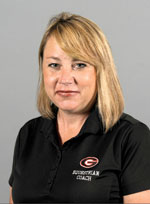
For us, recruiting is a year-round activity, and our recruits come from all across the U.S. and abroad. All NCEA varsity equestrian programs are governed by NCAA, and coaches are not allowed to mail or email a recruit until September 1 of their junior year in high school. In addition, coaches may not call or make in-person visits until July 1 prior to a potential student-athlete’s senior year. However, the student isn’t limited at all, and can never start too early. She may contact us, visit the campus, and make her presence and goals known all the way through high school.
The University of Georgia recently earned the 2014 NCEA Overall National Championship, our sixth championship in the NCEA’s relatively short history. Georgia’s Western team has about 34 riders, and some of those are un-recruited walk-ons.
NCEA teams are very selective, but if you want a walk-on spot, reach out to whichever university you’re interested in, and let the coaches know. Most universities have tryouts for walk-on positions. Prepare by riding multiple horses and being well-versed in your riding skill set. Work hard, send videos or YouTube clips of your riding, and don’t be afraid to let us know you’re out there.
NCAA, universities, and team coaches all have GPA standards. Start keeping your grades up early in high school, prepare for standardized tests, and seek academic resources if you need help in a class; make it easy for coaches to recruit you or accept you as a walk-on. If two riders have similar talent, but one has better grades and test scores, she’ll most likely have the advantage in recruitment.
Riding as an NCAA athlete in college is a gift. It’s an honor bestowed to only a select few. As the program grows in size and awareness, being recruited can be a bit challenging. Remember that NCEA coaches, most of the time, cannot contact you, so reach out to them!
Everyone Must Try Out
Cindy Morehead
Western Team Head Coach, University of Findlay, IHSA
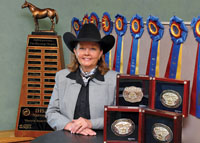
IHSA offers competition for riders of all skill levels, from a beginner walk-trot division to an open division for riders at the top levels of competition. Riders can compete individually and as teams at regional, zone, and national championships. It’s great because anybody can be involved, whether they’ve had show experience or not, and even beginning-level riders can earn their way to national championships.
All IHSA Western riders compete in horsemanship, with patterns suited to their ability levels, but the open division also offers reining competition. Our hunt-seat and Western teams operate out of different facilities, and our Western team is a little bigger than most in IHSA. I see 110 to 120 Western riders try out, and we take about 50 on the team.
We hold tryouts once a year. Riders wear show clothes to tryouts, if they have any, and ride with other students in their division, drawing for horses as they would in competition. They have the opportunity to show us how they ride on two different horses in their tryout—they ride the rail one direction on one horse, then switch to a different horse for the other direction. Recently we added a simple pattern to tryouts, since they’ll have to ride a horsemanship pattern in competition.
Everyone on the team has to try out each year, even the open-level riders and even if they’ve been on the team before. With beginners, we look for potential, including their balance, technique, and presence in the ring. With more advanced riders, we look for that more advanced technique, polish, and confidence. If a rider doesn’t make the team, we welcome him or her to try again. We see riders who didn’t make the team come back the next year and make it, based on lots of effort and improvement.
Tryouts can be stressful for new students, but team riders must be able to handle pressure. When they compete in IHSA, there’s no practice time allowed on any horse. They’re actually led to the arena to keep them from getting familiar with the horse before the class. Therefore, it’s critical that riders watch how a horse goes in warm-up and under other riders in classes.
Every IHSA school is different in what it does for its teams. Findlay is one of the most supportive, paying for everything from memberships and entries to travel expenses, though our students do have to buy their own show clothes. Find a school that best fits you, then check out the equestrian team to see what that school’s team offers. From there, figure out what it’ll take for you to become part of that program.

